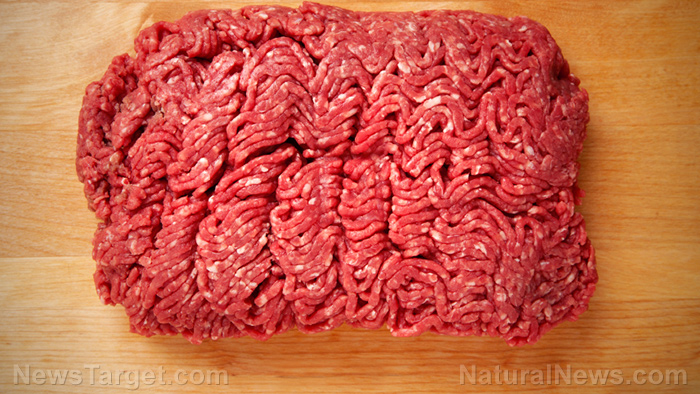
These results add to the increasing amount of evidence on the harmful effects of eating red and processed meats. Previous studies have found that red and processed meat consumption is linked to chronic diseases, such as cancer, Type 2 diabetes, and cardiovascular disease. (Related: Deadly combination: How type 2 diabetes may increase your chances of contracting liver disease.)
The study, conducted by a team of researchers in Israel, evaluated the association of meat type and cooking method with NAFLD and insulin resistance. The team carried out a cross-sectional study in people between 40 and 70 years old who underwent colonoscopy screening at the Department of Gastroenterology and Hepatology in the Tel Aviv Medical Center. The participants also underwent a metabolic and hepatic screening study between 2013 and 2015.
They analyzed NAFLD and insulin resistance through ultrasonography and homeostasis model assessment (HOMA). They also measured the type of meat and method of cooking through food frequency and detailed meat consumption questionnaires. Unhealthy cooking methods were categorized as frying or grilling to a level of well done or very well done. These methods produce heterocyclic amines (HCAs), which induce inflammation, and their intake was also measured.
Only around 800 participants were included in the main analysis after other factors, such as viral liver disease and alcohol abuse, were considered. Out of these remaining participants, only 357 completed the meat questionnaire.
Results showed that 38.7 percent of the participants were diagnosed with NAFLD, and 30.5 percent tested positive for insulin resistance. Those who consumed high amounts of meat were slightly younger, mostly male, had a higher body mass index (BMI), caloric intake, and a worse metabolic profile.
The findings of the study indicated that high intake of red and processed meat is linked to NAFLD and insulin resistance. Additionally, participants who consumed large amounts of meat cooked using unhealthy methods and those already diagnosed with NAFLD who consumed high HCAs were more likely to have insulin resistance.
“NAFLD is primarily a lifestyle-oriented disease. With sound medial and nutritional guidance from their clinicians, patients are better informed and equipped to implement the lifestyle changes needed to help reverse this disease,” explained lead researcher Shira Zelber-Sagi, of the University of Haifa, Israel.
Other health hazards of eating red meat and processed meat
Processed meat is any meat that was preserved by curing, salting, smoking, drying, or canning. It is modified to either prolong its shelf life or change the taste. Processed food products include sausages, hot dogs, salami, bacon, ham, salted and cured meat, corned beef, smoked meat, dried meat, beef jerky, and canned meat. Meanwhile, red meat is darker in color compared to white meat because of higher levels of proteins that bind to oxygen, hemoglobin, and myoglobin in blood and muscle. It includes beef, lamb, and pork.
According to the World Health Organization (WHO), processed meat can cause cancer, and red meat is potentially carcinogenic as well. During meat processing, suspected cancer-causing chemicals, such as N-nitroso compounds and polycyclic aromatic hydrocarbons, can form. Moreover, cooking meat at high temperatures, typically on barbecue, can produce these hazardous chemicals as well.
There is an 18 percent increased risk of cancer for every 50 grams (g) of processed meat you eat each day, which is equivalent to less than two slices of bacon. On the other hand, there is a 17 percent increased cancer risk for every 100 g of red meat each day. However, the WHO said the potential cancer risk of red meat needs further studies.
Read more news stories and studies on foods, good or bad, and how it affects your health by going to Foods.news.
Sources include:
Please contact us for more information.























